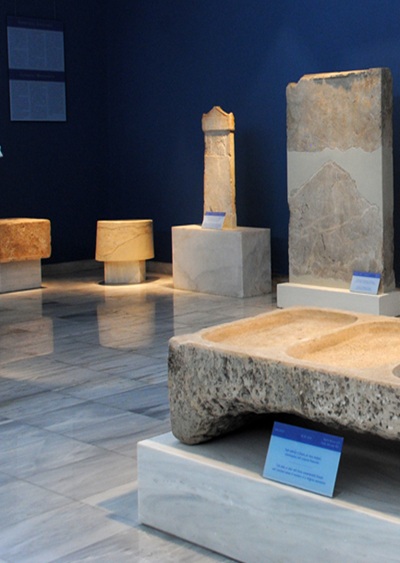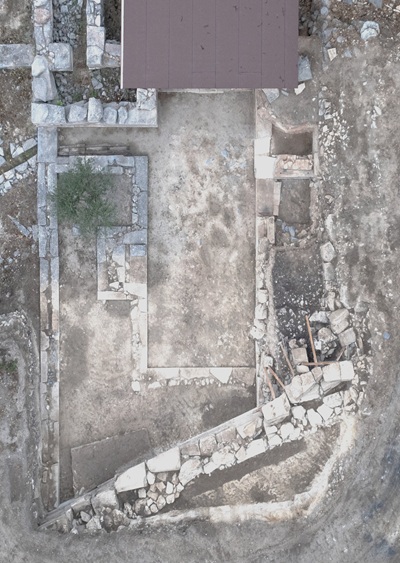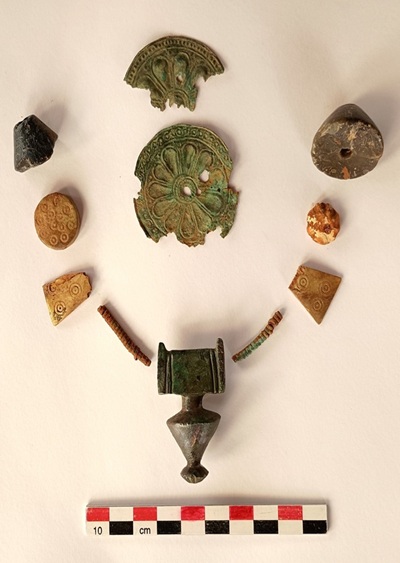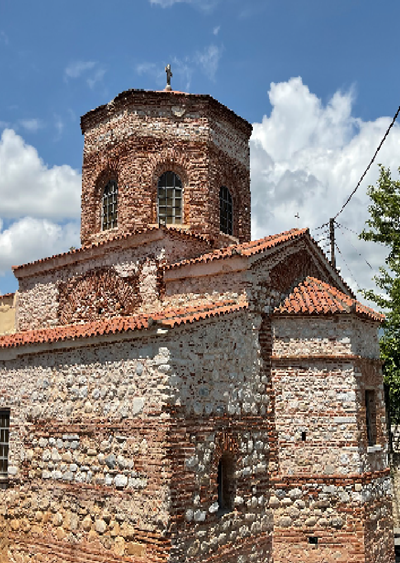
The Ministry of Culture is investigating the way and methods of restoration of the Didymoteicho Fortress, with the aim of its promotion and integration into the city’s environment, in the framework of a research project conducted in cooperation with the Faculty of Engineering of the Aristotle University of Thessaloniki. The research project will be completed in June 2024.
As Minister of Culture Lina Mendoni said, “The holistic protection and balanced promotion of our cultural heritage in all regions of the country, with particular emphasis on border regions, such as Evros, is our strategic priority. In the planning of the Ministry of Culture, apart from the projects for the promotion of the Roman city of Plotinopolis and the restoration of the Bayezid Mosque, which is already underway, we include the restoration and functional connection of the Didymoteicho Fortress with the other monuments of the city. Τhe Didymoteicho Fortress – its present form dates back to the 6th century AD – is the most famous castle city in Thrace. Built on dozens of carved caves, it dominates the city. The complexity and importance of the project make it necessary for a research project to be carried out by an interdisciplinary team of specialised scientists with experience in similar projects, as we have done in other cases. The research programme will identify priorities for the programming of the required interventions. Our aim is to highlight the entrances of the Castle, the routes within it, the immediate surrounding area and its organic integration into the fabric of the city of Didymoteicho. The work includes the research for the historical, architectural documentation, the analysis and mapping of the monument as a whole and the examination of its pathology, as a whole, but also of its individual parts.

The Gate of the Bridge in the Didymoteicho Fortress
In the Byzantine Empire, Didymoteicho was an important commercial, administrative and military centre. Its great geostrategic position made it a landmark from ancient times. Its strong fortification, with thick walls that formed the castle’s enclosure, contributed to this. Today, the enclosure is preserved in its greatest length. Inside the enclosure there are scattered caves, which were used as part of the houses. There are a total of 24 towers along the 1 km long perimeter of the walls. According to historical sources, the walls of Didymoteicho were reconstructed under Justinian the Great and reinforced in 751 AD, under Constantine V and later in 1303.
From 1713 to 1714, the King of Sweden, Charles IV, resided in the Castle of Didymoteicho in a state of semi-captivity. In the castle’s enclosure there is a small stone church and the present Armenian church of Aghios Georgios (Sourp Kevork). It is built on the site of the Byzantine church of Aghios Georgios of Paleokastriti, where John VI Kantakouzenos was crowned emperor on 26 October 1341.







Leave A Comment